新人教版高中英语必修2Unit 2 Wildlife Protection-Listening and Speaking教案
-
- 页数:6页
- 字数:约 7822 字
- 大小:262.54KB
- 格式:.docx
- 版本:Office2016及以上版本
- 作者:二十四设计
Unit 2 WildlifeProtection-Listening and Speaking教学设计
This lesson isabout wildlife protection. The listening and speaking is about “How to protectendangered wildlife ?” Faced with the facts and numbers of wildlife loss,people begin to detect the reasons, then people such as the celebrities (PrinceWilliam and Yao Ming) are calling on to protect them. So students are guided toenhance the awareness of protecting wildlife and try to take part in somevolunteer activities of protecting wildlife.
1.Predict thecontent by using visuals.

2.Learn to use thesentences such as “I’m concerned about.... But now they are in danger. I wantto know the reasons/why./ What can we do to protect them ?
3.Learn from thestars like Prince William and Yao Ming and enhance the awareness of protectingwildlife.
4.Guide students totry to put forward the solutions to the problems of wildlife protection andthen discuss them with partners and present the results of discussion.
5.Master thepronunciation of stressed syllables.
1.Learn from thestars like Prince William and Yao Ming and enhance the awareness of protectingwildlife.
2.Guide students totry to put forward the solutions to the problems of wildlife protection andthen discuss them with partners and present the results of discussion.
3.Learn to use thesentences such as “I’m concerned about.... But now they are in danger. I wantto know the reasons/why./ What can we do to protect them ?
4.Master thepronunciation of stressed syllables.
Part A Listening andSpeaking--- How to save endangered wildlife
Step 1 Lead in
1. Point at the pictures on P14 and ask
Q1: What message do these posters share?
Q2: Which one moves you the most? Why ?2. Then introduce the visuals to predict content
Step 2 Listening
1. Before-listening
1) Look at the picture and predict whatthe content is about and then look at the words on the picture(What on EarthAre We Doing to Our Planet)2)The new words
rate n. _______ mass extinction _________Habitat n. ______ aware adj. _________
3.While-listening
A. Listen to the first part and fill in theblanks
Our planets____________is dying out at an alarming rate. Between 150 and 200species are becoming ___________ every day. This mass extinction iscaused by hunting, habitat _________and pollution. We must make peopleaware of the problem and help_______ the endangered wildlife before itstoo late!
Then check the answers: wildlife dying out loss protect
B.Listen to thesecond part and answer the questions.
1)How many elephants are killed on averageevery day?
2)What did Prince William say about China?
A. China has madea lot of progress.
B. China can become a global leader in wildlife protection.C. China preservesits natural habitats well.
Then check the answers: 1) 54. 2) B.
3. Post-reading--discussion
What does “change begins with you” mean?
Then check the answers: If you want things to change, you must change.Step 3 Speaking
In pairs, discussthe questions, role-play the example, and then talk about one of the animals inthe photos below.
1. What do youknow about the animals in the photos?
blue whale panda African elephants
2. What is being done to help them?
Example:A: Im concernedabout the elephants. What do you know about them?
B: Well, I knowthat their food bamboos were cut down and their number is gettingdramatically smaller, so theyre in danger of extinction. Elephantsneed large living spaces, so its difficult for them to adaptto the changes.
A: Thatsterrible. What measures are being taken to help them?
B: The authoritiesare under pressure to build elephant parks and tell people not tobuy elephant products.
Part B Listening and Talking---Help thewildlife in your neighbourhood
Step 4 Listening
A. Before-listening--Match the words with thepictures.
Then check the answers: 1. B 2. A 3. C
B. Before-listening---Choose the right endingfor each sentence.
1.Binoculars_____________.
2. Build birdfeeders_____________.
3. Use a birdfield guide_____________.
4. Put papercut-outs on windows_____________.
C. Listening
1. Listen and answerthe questions.
1). Who are theteenagers?
2). Where arethey?
3). What are they doing?
4). Why are theydoing it?
Then check the answers:
1). They are from a bird watchingclub.
2). In the Qinling Mountains.
3).They are searching for new wild birdsand looking them up in their field guide.
4). It isinteresting and you can practice it anywhere.
2. Listen againand use the phrases you hear to fill in the blanks.
1). They got upearly _____________search for wild birds.
2). Ive brought afield guide ___________we can look up the birds we see.
3). My dad gave methe binoculars ______________we can see the birds better.
4). Bird watchingclubs clean up habitats build bird feeders, and put paper cut-outs on windows________________protect birds.
Then check theanswers: 1). so as to 2). so that 3). in order that 4). in order to
Step 5Talking---Group work
Think of thewildlife in your neighborhood and their needs. What can you do to care forthem?Example:
A: I often see wild cats and dogs in ourneighborhood. Maybe we should do something to care for them.
B: Should we put out bowls of food for them?
C: Sure, and I think we could also put outboxes or other things for them, so that they can find shelter when its cold orwet outside.
A: I think we can raise money to build a pet’sshelter for them.
D: We can help pets find an owner.
E: Sound great. Let’s do it right now.
Step 6 Pronunciation--stressed syllables
规则
音节是英语当中最小的单位。每个音节含有一个音节核,通常由元音音素构成,辅音是音节的分界线。所以,音节就分成单音节、双音节和多音节。
A.单音节词
1.两辅音之间不管有多少个元音,一般都是一个音节。如:bed,seat, beauty。
2.两元音字母之间有一个辅音字母时,辅音字母归后一音节,如:student,labour。
3.有两个辅音字母时,一个辅音字母归前一音节,一个归后一音节,如:letter,winter
4.不能拆分的字母组合按字母组合划分音节。如:father,teacher。
B.双音节词
一般在第一个音节重读。如:sorry, movie, cover
1.有 a-, be-, de-, re-, res-, in-, im-, en-, em-, es-, ex-, con-, com-,dis-, mis-, pre-, per-, pro-, trans- 等前缀的词,第二个音节是重音。如: believe, decide
2.有 de-, in-, re-, con-, pre- 等前缀的重音与词义和词类有关, 一般名词的重音在第一个音节上,其它的词性在第二个音节上。如:present present
3.有些复合词和带有前缀 re-, ex-, un-, pre-, post-, 等的词,有两个重音。如:ˌoutside, ˌretell
您可能喜欢的文档
查看更多
新人教版高中英语必修1Unit 2 Travelling Around–Listening and Speaking教案
- 页数:13页
- |大小:58.66KB

新人教版高中英语必修2Unit 1 Cultural Heritage-Listening and speaking教案
- 页数:2页
- |大小:68.66KB

新人教版高中英语必修2Unit 5 Music-Listening and Speaking教案
- 页数:4页
- |大小:90.16KB
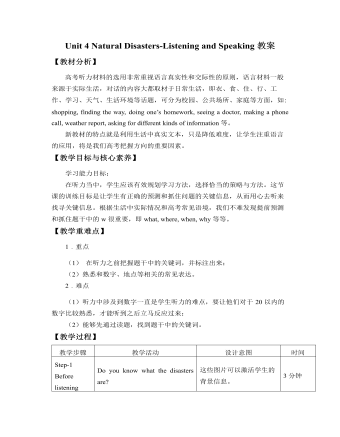
新人教版高中英语必修1Unit 4 Natural Disasters-Listening and Speaking教案
- 页数:2页
- |大小:31.06KB
热门课件教案
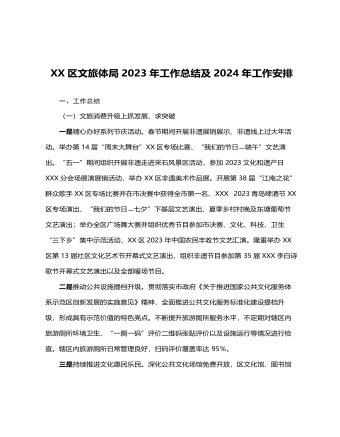
XX区文旅体局2023年工作总结 及2024年工作安排
- 页数:8页
- |大小:32.41KB
- 课件教案
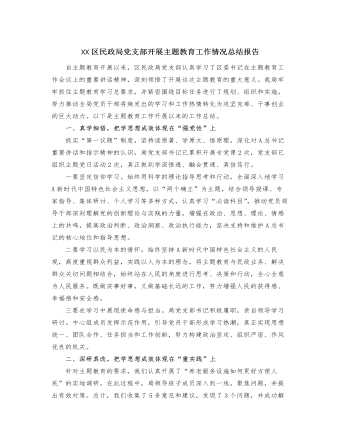
XX区民政局党支部开展主题教育工作情况总结报告
- 页数:3页
- |大小:24.47KB
- 课件教案

交通运输局在巡回指导组主题教育阶段性工作总结推进会上的汇报发言
- 页数:4页
- |大小:33.41KB
- 课件教案
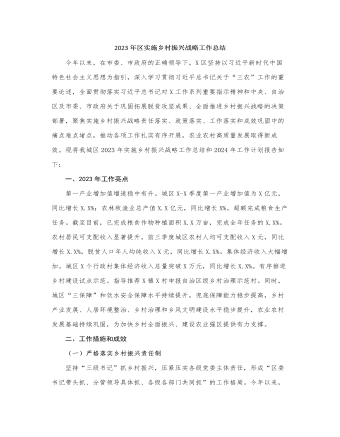
2023年区实施乡村振兴战略工作总结
- 页数:6页
- |大小:27.90KB
- 课件教案
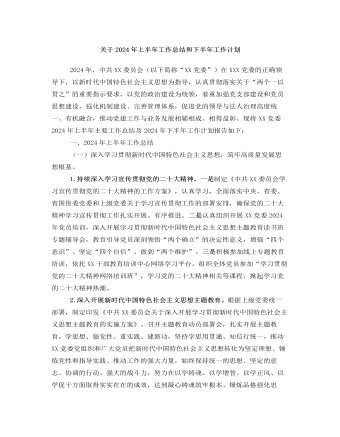
关于2024年上半年工作总结和下半年工作计划
- 页数:5页
- |大小:29.72KB
- 课件教案
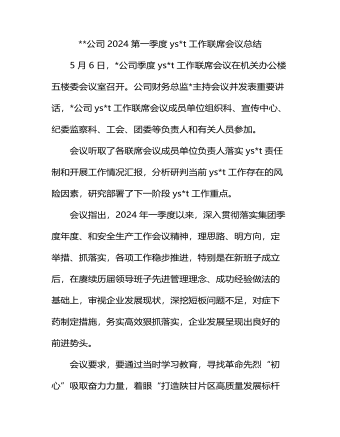
公司2024第一季度意识形态工作联席会议总结
- 页数:6页
- |大小:141.67KB
- 课件教案
今日更新
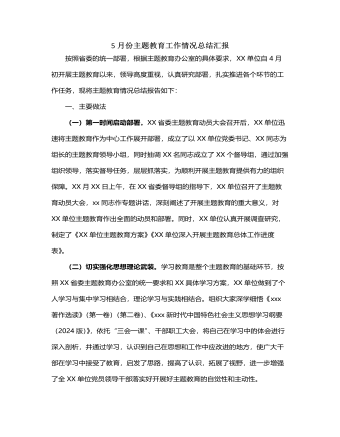
5月份主题教育工作情况总结汇报
- 页数:3页
- |大小:136.87KB

××县招商局2024年上半年工作总结
- 页数:12页
- |大小:142.54KB
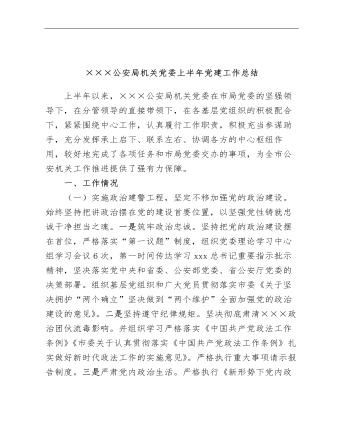
×××公安局机关党委上半年党建工作总结
- 页数:7页
- |大小:186.25KB

《2019—2024年全国党政领导班子建设规划纲要》实施情况的工作总结3800字
- 页数:6页
- |大小:29.16KB
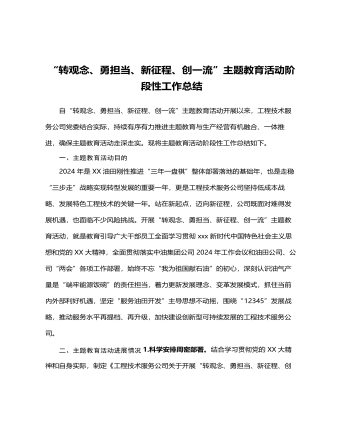
“转观念、勇担当、新征程、创一流”主题教育活动阶段性工作总结
- 页数:3页
- |大小:22.76KB

“四零”承诺服务创建工作总结
- 页数:5页
- |大小:39.83KB














